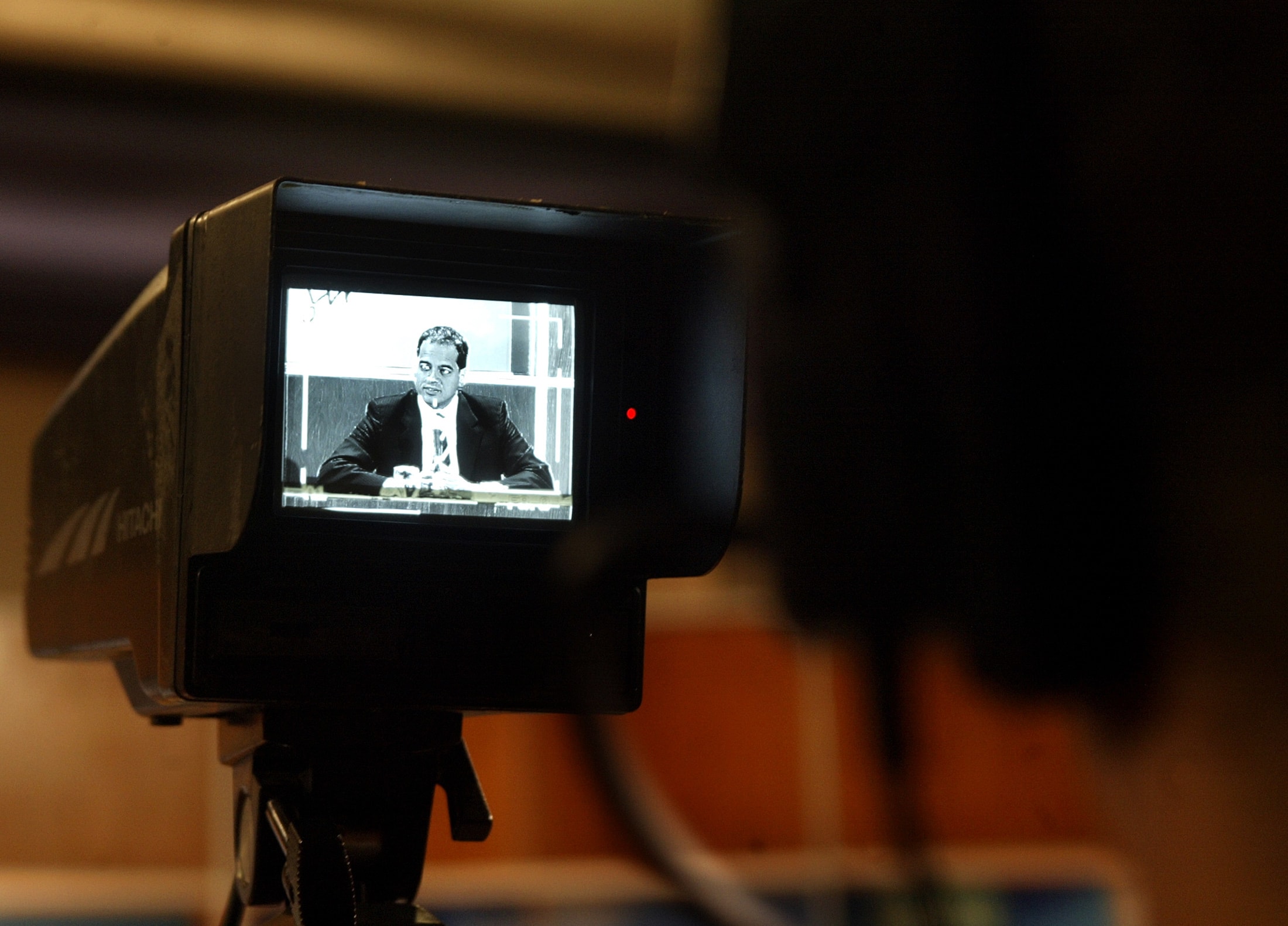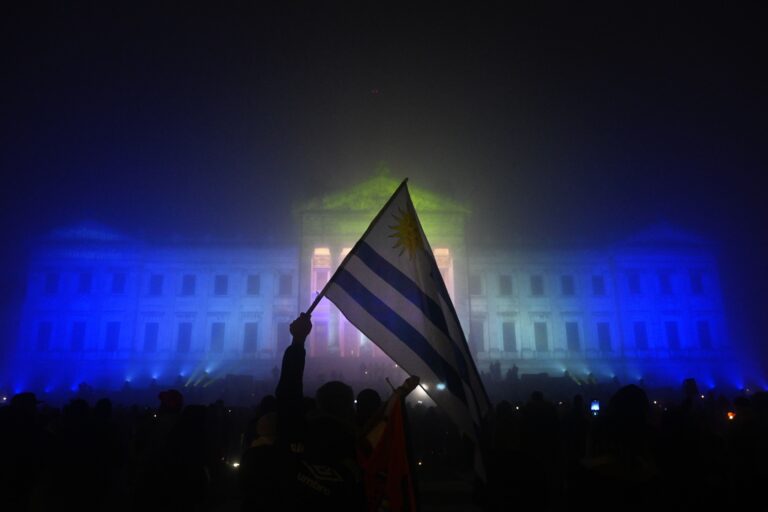A proposed new media law in Uruguay is being seen as a positive step, not only for strengthening the media in the country, but as a model for future legislation in the region.
On 22 May 2013, Uruguay’s government submitted a bill to parliament for the new Audiovisual Communication Services Law (Servicios de Comunicación Audiovisual or the SCA, in Spanish). The law is expected to move into the Senate’s hands by the end of the year, bringing a slate of new media regulations to the country. IFEX members Centro de Archivos y Acceso a la Información Pública (CAinfo), based in Montevideo, and Reporters Without Borders (RSF) have reviewed the bill and are cautiously optimistic that it is a positive step that will help to strengthen the media landscape in Uruguay.
The SCA has been compared to similar laws in Argentina and Ecuador, but articles such as those on media concentration and restricted programming to protect minors are where the similarities end. In both of these countries there is palpable tension between the government and the media.
The RSF 2013 World Press Freedom Index sets Uruguay at 27 out of 179, making it one of the highest ranked Latin American countries. Meanwhile Argentina sits at 54 and Ecuador at 119. Freedom House’s 2013 Freedom of the Press index, ranked Uruguay as “free”, Argentina “partly free” and Ecuador “not free”.
In Argentina, a climate of polarisation between the media and some privately-owned outlets colours every decision, such as the government’s move to privatise newsprint distribution, as an attack on private media. Edison Lanza, CAinfo’s Director, said in an interview with RSF that the proposed timeframe for implementing the law in Uruguay would be over five years, giving media outlets time to adjust to new regulations. In contrast, Argentina’s outlets have had only one year to adapt. Where attempts to reduce media concentration are concerned, that deadline has left outlets like Argentina’s Clarín Group scrambling to divest itself of media holdings before they are sold off dirt-cheap by the government.
With regards to scheduling restrictions on programming, the new law in Uruguay would expand the hours when programming must be appropriate for the entire public by one half hour, meaning this window would now extend from 6am and 10pm. A recent decision in Ecuador to include representatives from the Council on Children and Adolescents on the new Council for the Regulation and Development of Information and Communication would suggest similar concerns for children in Ecuador. The difference here is that the Uruguayan law does not include a council of government officials to oversee the media.
According to the Knight Center, a third significant implication of the SCA would be a required minimum percentage of broadcast time dedicated to nationally produced programmes, 60% for television and 30% for radio. This regulation is the same as in Canada, where the Canadian Radio-television and Telecommunications Commission guarantees 60% Canadian content on broadcast stations.
Something else that sets this law apart from others in Latin America is the expectation of full transparency in media licensing. The current system, in which licenses can be indiscriminately revoked, will be replaced with one in which license periods are time-bound and renewable, according to a statement from President José Mujica. The bidding process for the licenses is planned to be transparent and involve public consultation, reports RSF.
In fact, consulting the public has been a significant and positive part of the development of the SCA bill. Civil society organisations frequently regret the lack of transparency and consultation when new media laws are introduced. A closed process can lead to laws that give the government too much control over the media or include wording that is overly broad and open to interpretation, often to the disadvantage of media outlets.
Of course there is also criticism of the draft law, including concerns that the current draft does not specify that media concentration regulations must apply to public as well as private media, that articles related to media auto regulation are misguided and that guarantees for free expression must extend to online content. And yet there is hope that with open public consultation the bill can still be improved.
While elements of Uruguay’s SCA may be criticised and compared to those of its neighbours, there is no comparison with Ecuador’s Communications Law, which is often called the “ley mordaza” (gag law). That is a term Lanza does not think anyone will use for Uruguay’s SCA.
In contrast to Argentina, where the communication law is implemented in an atmosphere of extreme polarisation between the media and the ruling party, or in Ecuador, where the Communications Law was signed into law by a president who “has used virtually every trick in the antipress playbook to intimidate and silence his perceived media opponents”, the current climate in Uruguay is more conducive to constructive and inclusive dialogue on the role of the media.
Hopes are high for Uruguay where, as RSF puts it, the law “is a model of media regulation for other countries in the region, where freedom of information suffers from glaring imbalances”.



